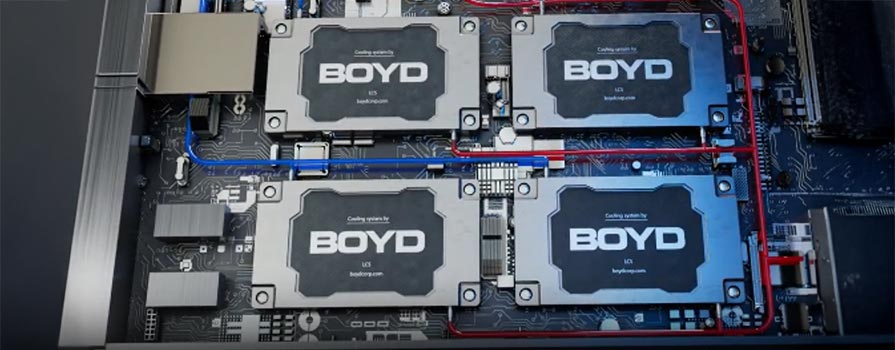Although optical encoders are found in a vast number of products across multiple industries, few people know what optical encoders do or what products use optical encoders. Even in the manufacturing industry, many are either unfamiliar with optical encoders or do not know how often they are used in everyday machines and equipment.
An optical encoder is an electro-mechanical component with a precisely printed line pattern that is usually paired with an optical sensor to measure position and calculate motion, velocity, and acceleration. Mounted between a light source and a photodiode sensor, the photodiode reads and counts the lines on the optical encoder which tells the device where it is or when, how, and where to move. There are two types of optical encoders:
- Disk or Ring Encoder – Used to measure rotation
- Strip or Linear Encoder – Used to measure linear motion or speed
Materials for Optical Encoders
According to the temperature resistance and accuracy requirements of different equipment, optical encoders can be manufactured using metal, glass, polycarbonate, or polyester film, with each material having different advantages, drawbacks, and varying degrees of cost competitiveness. For instance, metal encoders are highly durable and can withstand high temperature, humidity, and shock, but come with certain limitations when it comes to corrosion.
Applications for Optical encoders
Optical encoders are not only used in inkjet printers and laser printers, but also seen in a variety of applications including medical pumps, scanners, sunroofs, memory seats, car speedometers, and encoder modules.
The world of robotics also heavily relies on optical encoders to automate movement. Recently, several automated operations such as robotic transportation of raw materials, material handling, and assembly have emerged in the manufacturing industry. Optical encoders are a significant contributor to a robot’s ability to flawlessly perform coded operations. All automation devices need to measure position, acceleration, or velocity and require optical encoders to measure this motion. As automation grows, we will continue to see optical encoders employed in more equipment.
Need a Custom Optical Encoder?
As one of the leading manufacturers of both disk and strip encoders, Boyd ships millions of encoders every month to leading companies. To discuss your custom optical encoder needs, connect with one of our technical experts for a free consultation here.






